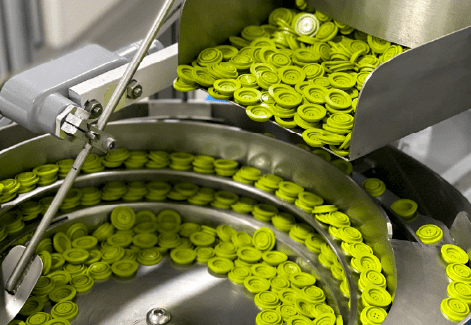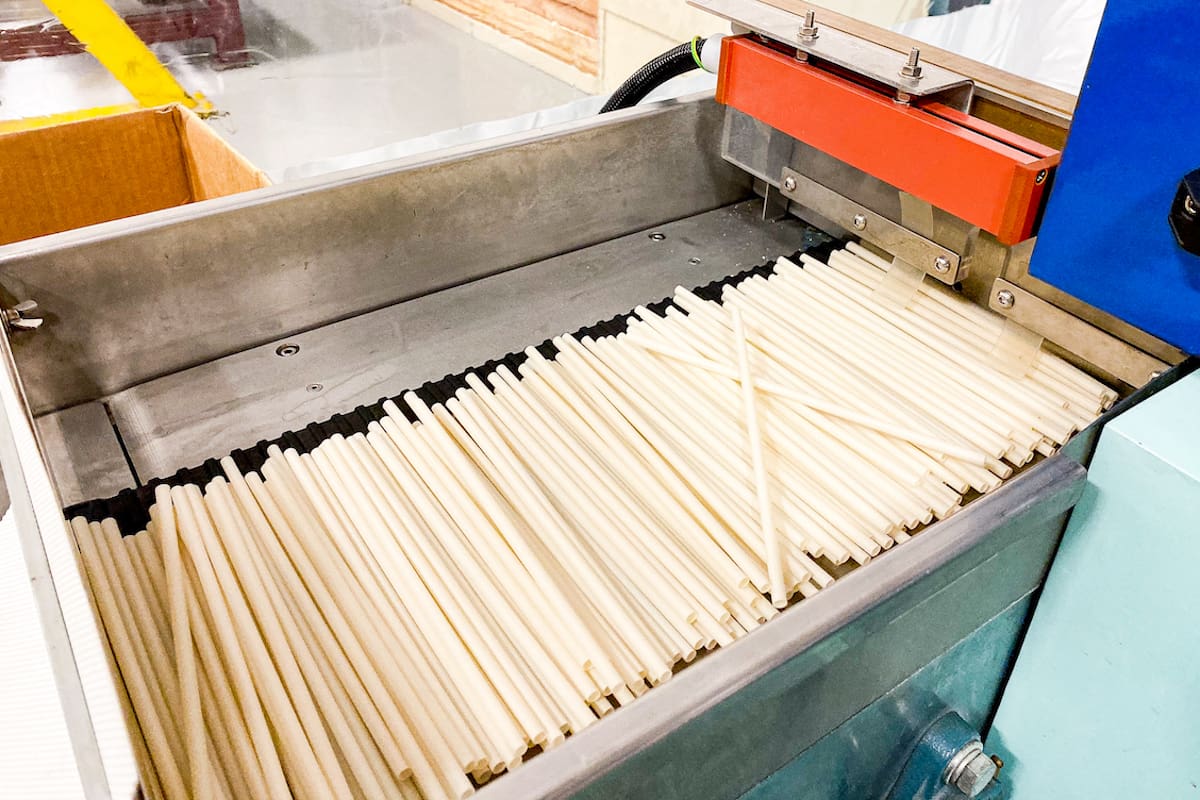Innovation The Earth Loves
Engineering And Manufacturing Custom Solutions Using Sustainable Materials
UrthPact designs, engineers, and produces sustainable products using renewable resources that are reliable, economical, and durable. Join our mission to reduce the impact of single-use plastics on our planet and ensure a happy, healthy future for generations to come.
WHAT WE DO
UrthPact helps create single-use products and packaging from earth-friendly materials, protecting a world that needs it and championing a generation of consumers that demand it.
COFFEE PODS
Home-compostable ring and mesh coffee pods

VALVES
Compostable one-way degassing valve for coffee and other bags.

CUTLERY
Fully compostable and recycled plastic utensils

STRAWS
Compostable straws

CUSTOM PRODUCTS
Convert an existing plastic product—or create your own
WHAT WE DO
UrthPact helps create single-use products and packaging from earth-friendly materials, protecting a world that needs it and championing a generation of consumers that demand it.
COFFEE PODS
Home-compostable ring and mesh coffee pods

STRAWS
Compostable straws

CUTLERY
Fully compostable and recycled plastic utensils

COFFEE PACKAGING
Compostable one-way degassing valve for coffee and other bags.

CUSTOM PRODUCTS
Convert an existing plastic product—or create your own
ENGINEERING A SUSTAINABLE FUTURE
UrthPact manufactures regenerative and sustainable earth-friendly products to help reduce plastic waste and heal the planet. We constantly research and work with new materials and products to help reduce waste and pollution.
Our goal is to prevent 25 billion plastic parts from polluting our landfills and oceans by 2028. It’s a big job, and we need your help to make it happen. Small changes can make a big difference, and by choosing sustainable products, you are making a conscious decision to reduce your environmental impact in the communities you serve.

UrthPact is committed to helping our customers create
innovative, sustainable, single-use products
without compromising on quality.

The sustainable products we engineer and manufacture not only align with your environmental, social, and governance (ESG) goals, but they also help you reduce your carbon footprint, comply with plastic bans, and offer your customers a more sustainable future. With UrthPact, eliminating single use plastics from your business has never been easier.
![]()
The Impact of Single-Use Plastic
Consumers are increasingly environmentally conscious and prefer to support businesses that prioritize sustainability and reduce their carbon footprint. Yet, the impact of single-use plastics is staggering:
![]()
97% of all plastics ever made still exist
![]()
50% of plastic produced is discarded after a single use
![]()
By 2050, plastics in the ocean will outweigh fish
By choosing sustainable, recyclable, and regenerative materials for your goods, you are taking a proactive step towards reducing your carbon footprint and demonstrating your commitment to environmental responsibility.
You’re in Good Company
UrthPact has the experience and skill to serve customers across various industries, including convenience stores, distributors, hospitality, entertainment, sports, restaurants, specialty beverage, education, consumer, and industrial products.